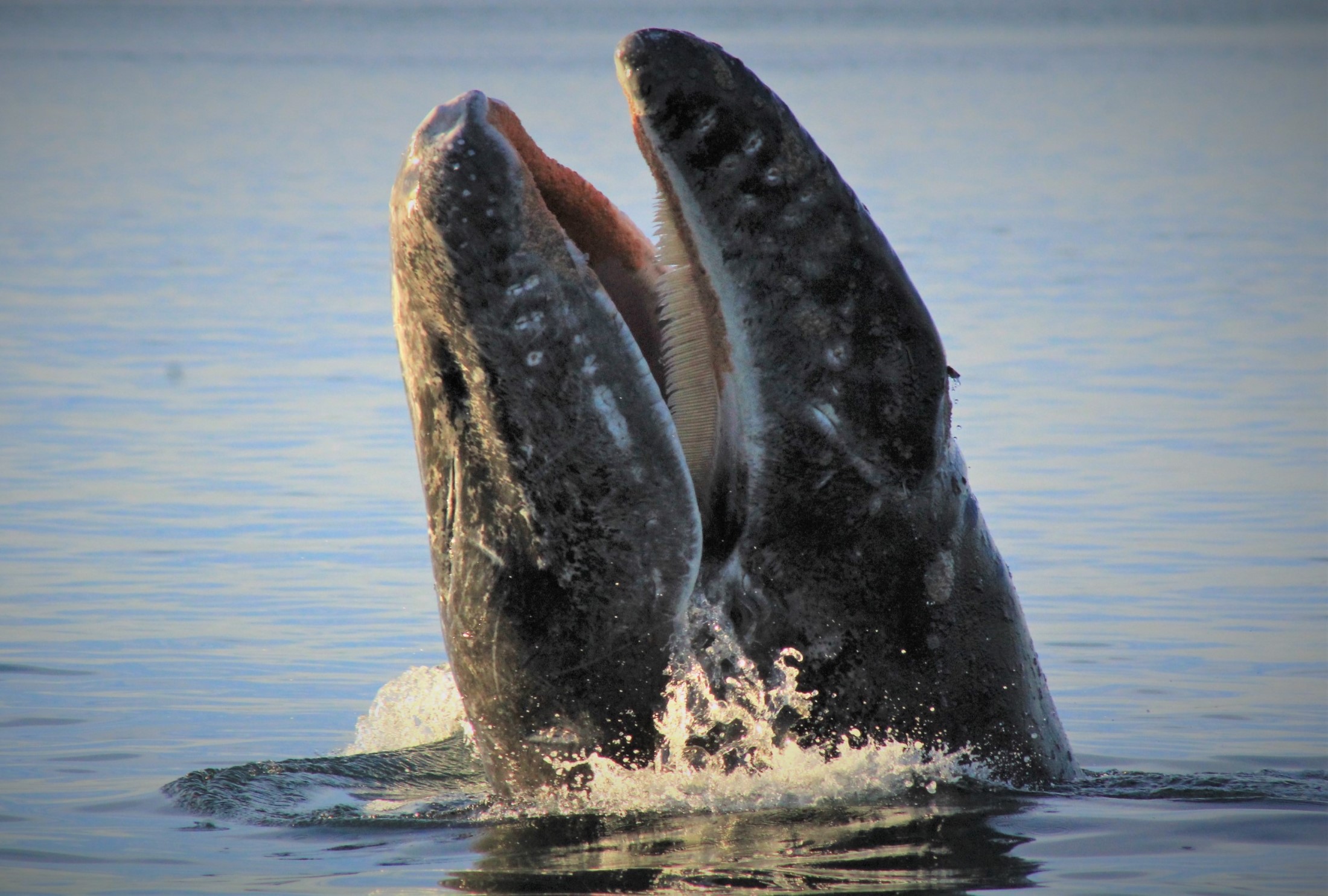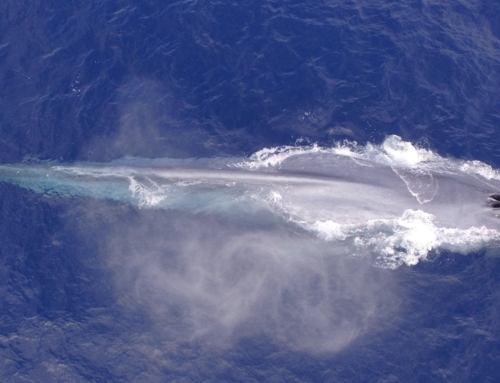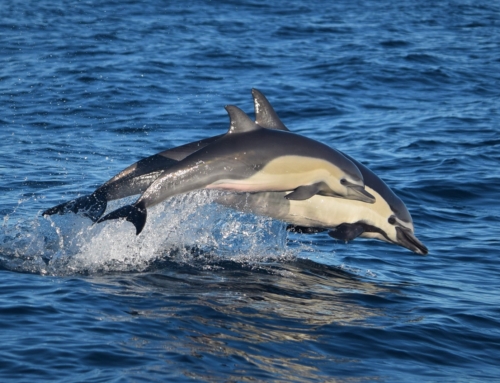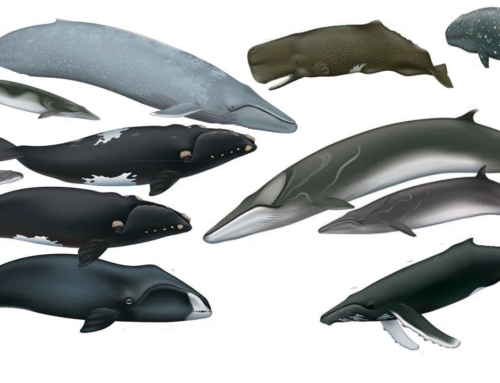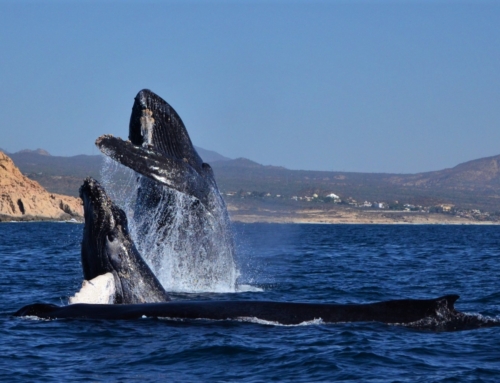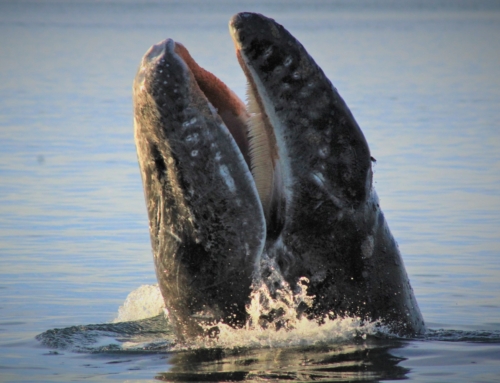Cetaceans are, in many ways, the pinnacle of biological evolution on this planet. They have abilities that defy belief, perform feats beyond imagination and are even forcing us to re-evaluate our ideas about ourselves.
Cetaceans have always held a unique place in the minds and hearts of humanity. We recognize in them a sentience and intelligence akin to our own. They are masters of their environment, found in every corner of the Ocean. Their very existence tests the limits of biology, producing the largest beings by body mass and brain size ever to inhabit the Earth. Our encounters with them always leave an impression, even researchers who study them admit to struggling to maintain scientific objectivity. Although we have learned a great deal about them over the past century, many things still remain a mystery. Exciting discoveries have been made in the field of Cetacean vocalizations. These may one day even lead to our first true inter-species conversations. This would be a truly astounding feat of co-operation between species. It may also force us to acknowledge that we have committed yet another genocide.
The story of our relationship with the other most intelligent lifeforms on the planet has many dark chapters. The worst of them are still within living memory for members of both species. Today, the situation is more nuanced. Much of humanity now agrees that Cetaceans and other marine mammals have the right to live freely. Many whale populations have begun to bounce back, in some cases spectacularly. Commercial whaling continues in a few places, but the end may finally be in sight. Scientists continue to make exciting discoveries that are reshaping the way we see whales, dolphins and other marine mammals. Here are some of the most amazing things we have discovered about Cetaceans and the mysteries that continue to confound us:
When it comes to Cetaceans, size matters!
There are many things that make Cetaceans extraordinary experiments of evolution but there is one way that they really stand out, their size. The biggest animal and largest toothed predator ever to have lived on this planet are both whales. Both seem to have more or less reached a biological limit to their size, although for different reasons.
The conundrum of energy efficiency
Sperm whales are deep diving hunters that reach over 20m (65ft) in length and use echo location to prey on squid and fish at depths sometimes exceeding 2000m (6600ft). Their deep sea battles with giant squid have become a thing of legend in popular culture. But this same style of hunting seems to be the largest limitation to their potential size. By taking into account the availability and size of their prey and the energy needed to capture it, scientists have determined that Sperm whales are seriously pushing biological limits. This balance between feeding efficiency and size can be found throughout nature but is not the only determining factor when it comes to the evolution of giants.
The Blue whale can grow to over 30m/100ft in length and weigh in excess of 170 tons. As you might imagine, a heart the size of a small car and a body the size of a commercial airliner require a lot of fuel. Blue whales and many of the other largest whales evolved using a feeding system called baleen. They use their massive mouths to scoop up tiny organisms such as plankton, krill and small fish. The baleen bristles that replaced their teeth filter water while trapping food, allowing the whales to exploit abundant seasonal food sources and grow to gigantic proportions. This feeding system is so efficient that a Blue whale gains around 90 times more energy than it uses in each feeding lunge, even when the energy costs of diving are taken into account.

Even whale calves dwarf most land animals but their
parents are true giants.
The upper limits of size
Baleen whales might have mastered the art of efficient feeding, but they are still beholden to the laws of physics and nature. For example, whales have streamlined bodies that help to reduce drag, but there will always be some resistance as an object moves through water. A study conducted in 2012 of Baleen whale feeding behavior found that, beyond lengths of 33m (110 feet), whales wouldn’t be able to overcome the drag created while opening their mouths during feeding lunges fast enough to capture fleeing prey. In other words, Blue whales or any future species of Baleen whale might not be able to get much larger without an overhaul of their feeding method.
There are other factors that probably also limit size in Cetaceans. Being mammals, they breathe air, just as their amphibious ancestors did. Their lungs have to deal with vast differences in pressure and there are limits to how efficiently respiratory systems can provide sufficient oxygen to larger and larger bodies. Favorable changes in the environment seem to have been largely responsible for whales’ relatively recent and rapid evolution into giants. Current trends in climate change and pressure from human activities are a far cry from the stable and abundant environment that allowed Cetaceans to squeeze every last drop of biological potential from the tree of life.
An animated video that explains just how big whales actually are!
Organic submarines powered by supercomputers
We Humans have created innumerable inventions that help us to better understand our world and master our environment. We evolved as tool-makers, obsessed with danger and group aggression. Cetaceans, on the other hand, are beings whose evolutionary history featured ample food supplies and a relative absence of fear from external dangers. Intelligence is a defining characteristic among both Humans and Cetaceans, but we struggle to comprehend the concept of intelligent beings that do not require technology to survive.
Biological technology
They do not need clothes, shelter, or external sources of heat to protect themselves from the elements or prepare their food. They travel the world using nothing but their own bodies, often covering thousands of miles per year. Those same bodies have mastered the art of deep diving, Curviers beaked whale can reach almost 3000m (1800mi) and stay down for over two hours. Some species can communicate over vast distances using only vocalizations, many have complex languages that may even surpass our own in terms of complexity. Sperm whales are capable of creating a sonic boom as loud as 230 decibels to stun squid their prey.
Toothed whales, including dolphins and porpoises, have evolved a biological sonar system called echolocation that is used for navigation and locating prey. This same system allows them to see inside each others, and our, bodies to locate abnormalities such as tumors. They use knowledge passed down over thousands of generations to heal themselves using medicinal plants and other compounds found in their environment.

An organic submarine preparing to dive.
The biggest brains on earth
But an organic submarine does not just run itself. Keeping all that hardware working requires some serious computing power and Cetaceans have it in abundance. In terms of associative abilities, essentially how much brainpower can be used for problem solving and connecting ideas versus how much is devoted to primary sensory projection, Cetaceans outscore every animal on the planet – including us. Even relative to their gigantic bodies, their brains are the largest ever to have evolved on this planet. Our advantage over Cetaceans and other species is not that we are smarter than them. It is our ability to use that intelligence to power opposable thumbs and perform fine motor skills like creating technology and writing that sets us apart. As hard as it may be to admit, in terms of pure intelligence we may not be the smartest beings on this planet.
For all we know, Cetaceans may wander the cosmos in their minds and ponder advanced mathematics. But that is pure conjecture. Nonetheless, learning about Cetaceans has already helped us to broaden our definition of intelligence. We love to speculate about what intelligent life from other worlds might be like but have so far largely failed to realize that our best clues may be right in our big blue backyard. Close encounters are possible right here on earth and if we give them the chance, our Cetacean family will continue to teach us about our own.
Witness incredible close encounters between Gray whales and Humans in Baja California!

